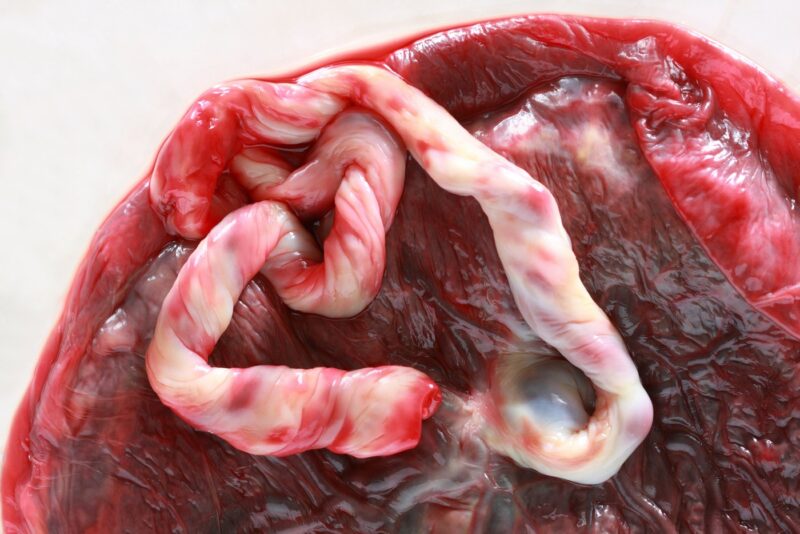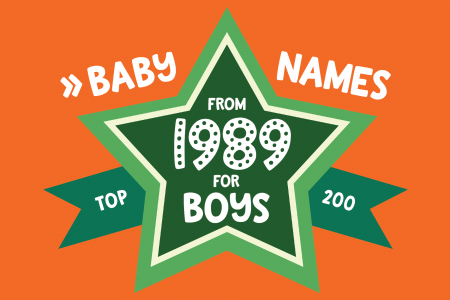The placenta a temporary internal organ, made from the same cells that formed your baby — but after you give birth, it no longer has a purpose.
Or does it? More and more women — including several actresses — are choosing to eat their own afterbirth, usually by cooking it, or grinding the dehydrated placenta before putting it into capsules.
Eating placenta after birth: Celebrities spike the trend
Celebrities like January Jones, Alicia Silverstone, Gaby Hoffmann, Mayim Bialik and Tamera Mowry have raved about the benefits of their personal placenta ‘vitamins’ and spiked women’s interest in the practice of consuming their placentas after childbirth.
But a new Northwestern Medicine review of 10 current published research studies on placentophagy (the practice of eating the placenta) did not turn up any human or animal data to support the common claims that eating the placenta — either raw or encapsulated — offers protection against postpartum depression, reduces post-delivery pain, boosts energy, helps with lactation, promotes skin elasticity, enhances maternal bonding or replenishes iron in the body.
However, there are no studies examining the risk of ingesting the placenta, which acts as a filter to absorb and protect the developing fetus from toxins and pollutants, the researchers said of their study, which was published on June 4, 2015 in Archives of Women’s Mental Health.
“There are a lot of subjective reports from women who perceived benefits, but there hasn’t been any systematic research investigating the benefits or the risk of placenta ingestion,” said corresponding study author Dr Crystal Clark. “The studies on mice aren’t translatable into human benefits.”
Clark is assistant professor of psychiatry and behavioral sciences at Northwestern University Feinberg School of Medicine and a psychiatrist specializing in reproduction-related mood disorders at Northwestern’s Asher Center for the Study and Treatment of Depressive Disorders.
What is the placenta, anyway?
“The placenta is arguably the least studied of all human organs and tissues,” writes Alan E Guttmacher, MD, the Director of the Eunice Kennedy Shriver National Institute of Child Health and Human Development. “Each one of us comes into the world attached to one: the lifeline that supplies oxygen and nutrients from the mother’s blood, and which removes carbon dioxide and other wastes via the same route. In most cases, the placenta does what it’s expected to do, and few of us give it any thought.”
Nutritionally, a study from 2000 showed that mineral levels in placentas were high especially sodium, potassium and phosphorus. (Typical placentas weigh between one and two pounds.)
Dr Guttmacher further explains that, under usual circumstances, placental cells arise from the early embryo. The placental membranes fuse with the lining of the uterus, forging a connection between maternal and fetal circulation.

Unknown risks to women and babies from eating placenta
Placentophagy is an unknown risk for the women who eat the placentas — and for their infants, if the moms are breastfeeding.
“Our sense is that women choosing placentophagy, who may otherwise be very careful about what they are putting into their bodies during pregnancy and nursing, are willing to ingest something without evidence of its benefits and, more importantly, of its potential risks to themselves and their nursing infants,” said lead author Cynthia Coyle, a Feinberg faculty member and a psychologist.
“There are no regulations as to how the placenta is stored and prepared, and the dosing is inconsistent,” Coyle said. “Women really don’t know what they are ingesting.”
Research is needed to provide the answers, Coyle said. She also hopes the study sparks conversations between women and their physicians about their post-birth plans, so doctors can inform their patients about the science or lack thereof and support patients in their decision-making process.
Eating placenta not shown prevent postpartum depression, ease pain, boost energy or aid lactation
Clark became interested in placentophagy after some of her pregnant patients asked if eating their placentas would interfere with their antidepressant medications. She was unfamiliar with the practice and began to ask her other patients about it.
“I was surprised that it was more widespread than I anticipated,” Clark said.
Although almost all non-human placental mammals ingest their placenta after giving birth, the first documented accounts of postpartum women practicing placentophagy were in North America in the 1970s, the study reports. In recent years, advocates and the media have popularized health benefits of the practice, and more women are considering it as an option for postpartum recovery.
“The popularity has spiked in the last few years,” Clark said. “Our sense is that people aren’t making this decision based on science or talking with physicians. Some women are making this based on media reports, blogs and websites.”
The authors of this paper are currently gathering data on the perceptions, beliefs and placental practices of health care providers internationally and nationally, as well as patients locally, and whether providers are recommending placentophagy to patients.
Dr Clark’s research was supported in part by a grant from the Eunice Kennedy Shriver National Institute of Child Health & Human Development of the National Institutes of Health.





